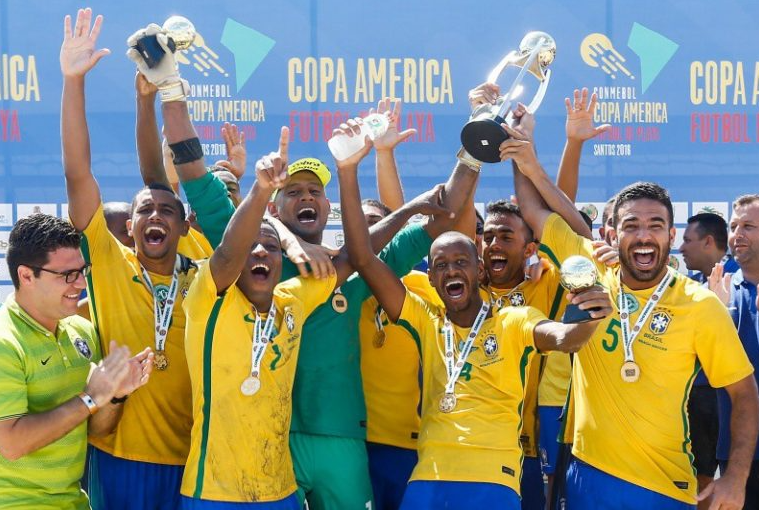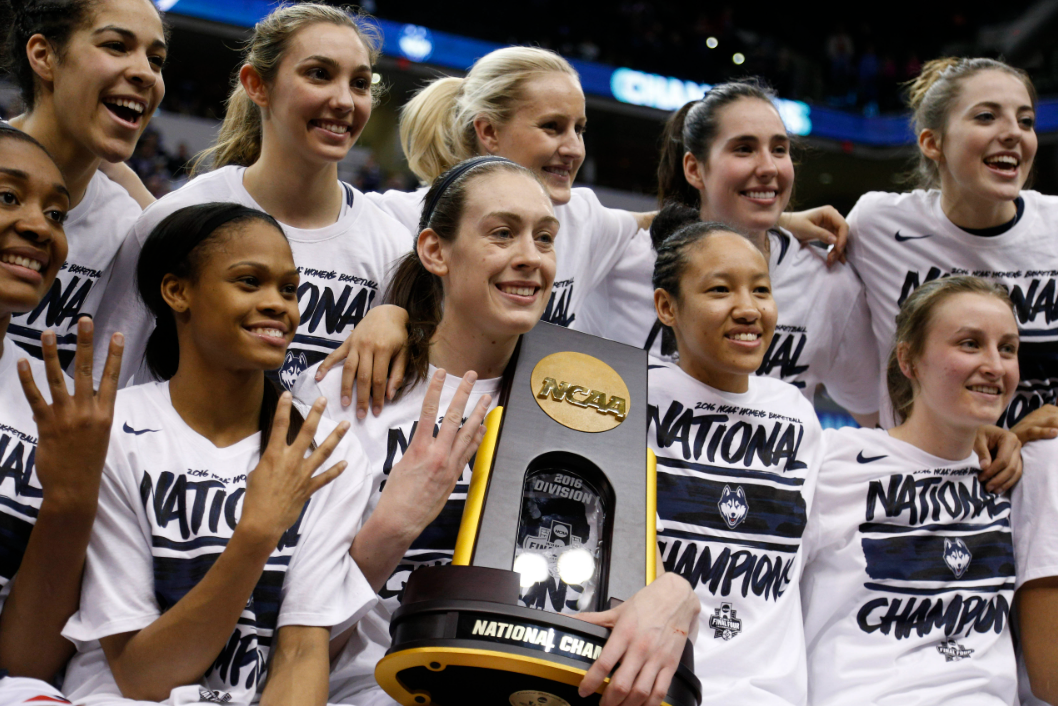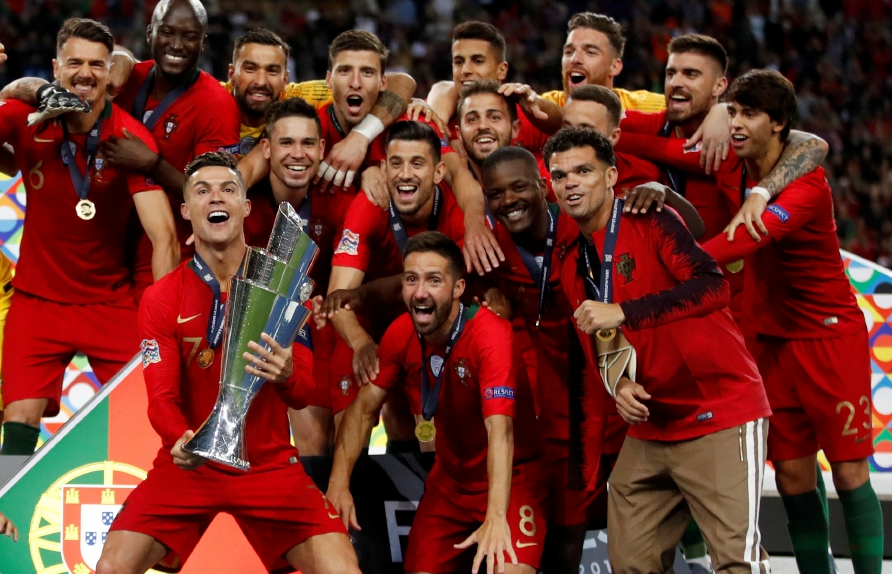FIFA World Cup Tournaments Women
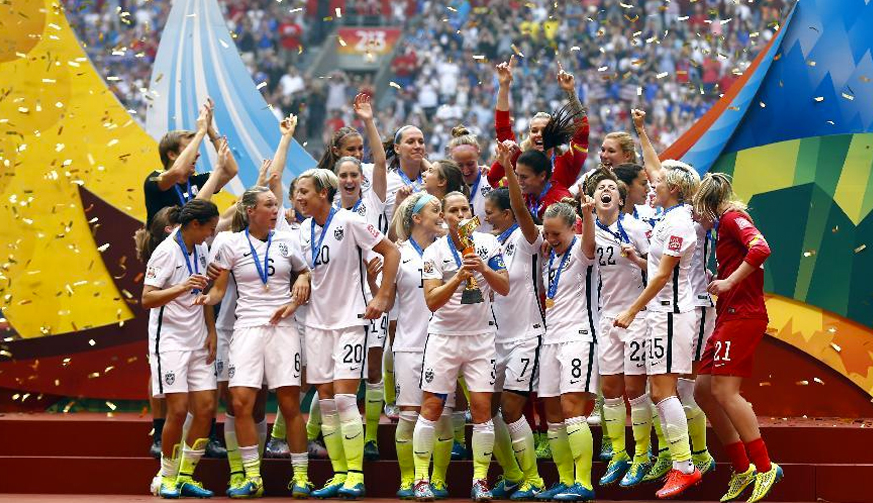
FIFA World Cup 2023 Tournament Women’s
Overview
The World Cup of FIFA Women is an international football competition attended by the senior national teams of members of the Federation Internationale de Football Association (FIFA), the international governing body of the sport. The competition has been held every four years since 1991 and one year after the Men's FIFA World Cup when the inaugural tournament, then called the FIFA Women's World Cup, was held in China. In the current tournament format, national teams compete for 31 spots over a three-year qualifying period. The home team is automatically ranked 32nd. Known as the World Cup final, the tournament is played at venues in the host country over a period of about a month.
Qualification
Qualifying tournaments are held in six continental FIFA zones (Africa, Asia, North, Central and Caribbean, South America, Oceania, Europe) and are organized by the respective confederations: African Confederation of Football (CAF) , Asian Confederation (AFC), Northern, Central and Caribbean Football Confederations (CONCACAF), South American Football Confederation (CONMEBOL), Oceanian Football Confederation (OFC) and Union of European Football Associations (UEFA). For each tournament, FIFA determines the number of spots allocated to each continental zone based on the relative strength of the confederation. teams.
History
In the 1970s, several countries lifted their ban on women's football, which led to the formation of new teams in many countries. After the official continental women's tournaments took place in Asia in 1975 [8] and in Europe in 1984, Ellen Wille called on the FIFA Congress to make more efforts to promote women's football. This happened at the 1988 FIFA Women's Invitational tournament in China, which was designed to test the feasibility of a Women's World Cup. Twelve national teams took part in the competition: four from UEFA, three from AFC, two from CONCACAF and one from CONMEBOL, CAF and OFC. With 45,000 spectators attending the opening game of the tournament between China and Canada, the tournament was deemed a success with an average attendance of 20,000. European champions Norway defeated Sweden 1-0 in the final, Brazil finished third, beating the hosts on penalties.
Final tournament
The finals saw 12 to 24 national teams compete in the host countries for about a month. A group stage of this tournament followed by a knockout stage.During the group stage, teams are divided into groups of four. Each group plays in a round-robin format, in which each team must play three games against other teams in the same group. The final round of matches in each group will be scheduled at the same time to ensure fairness between the four teams. In the 2015 24-man format, the top two and second-placed teams in each group, plus the top four third-placed teams, advanced to the round of 16, also known as the Knockout Stage.
Trophy
Designed in 1998 for the 1999 tournament, the current trophy takes the form of a spiral ribbon encircling a football at the top to capture the athleticism, vibrancy and elegance of international women's football. In 2010 he received a cone-shaped base. Engraved below the base is the name of each of the previous winners of the tournament.[19] The trophy is 19 inches (47 cm) tall, weighs 10 pounds (4.6 kg), and is made of sterling silver plated with 23k yellow gold and white gold, with an estimated 2015 value of approximately $30,000.The men's World Cup trophy, on the other hand, is made of 18k gold and has a precious metal value of $150,000. However, a new winner's trophy is built for each women's champion to take home, while there is only one original men's trophy, which FIFA keeps along with the replica.
Performances by associations
Champion finals of the Women's World Cup, except by CAF Africa and OFC Oceania. CONMEBOL is the only confederation to have reached the World Cup finals without a win after Brazil lost in the 2007 final. The most advanced African team was Nigeria, who were eliminated in the 1999 quarterfinals. to the World Cup, but Australia only cleared after that country in the group stage. The Club of Brazilian Football moved to the Football Confederation of Asia and New Zealand never reached the knockout rounds. The United States and Norway are the only teams to have won the tournament in their confederations, with the United States winning 1999 (home country) and 2015 (Canada) and Norway 1995 (Sweden). The United States is also the only team to have won the tournament on all continents played.
Venues
Australia and New Zealand have offered 13 possible places in the 12 host cities of the tournament in the bid documents submitted to FIFA and suggested the use of at least 10 stadiums, five in each country. The original joint bid proposal was to split the facilities into three main hubs: the South Hub, which included Perth, Adelaide, Launceston and Melbourne East Hub covering Brisbane, Newcastle, Sydney, Melbourne and Launceston; and the New Zealand hub, covering Auckland, Hamilton, Wellington, Christchurch and Dunedin. Sydney Football Stadium was the race's only new stadium to undergo a major refurbishment [when?], replacing the old football stadium on the same site.


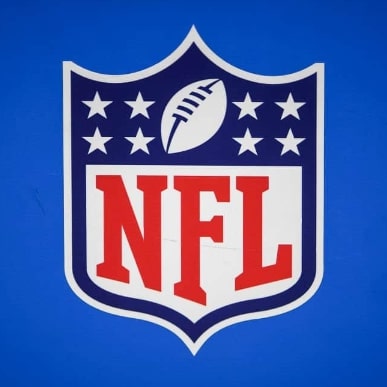












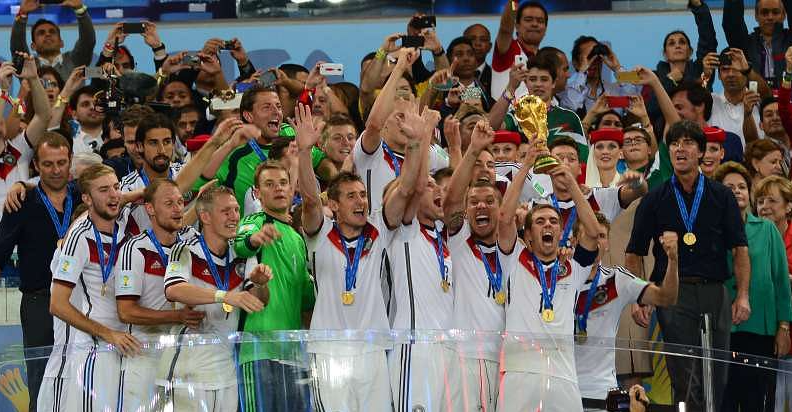
.png)
